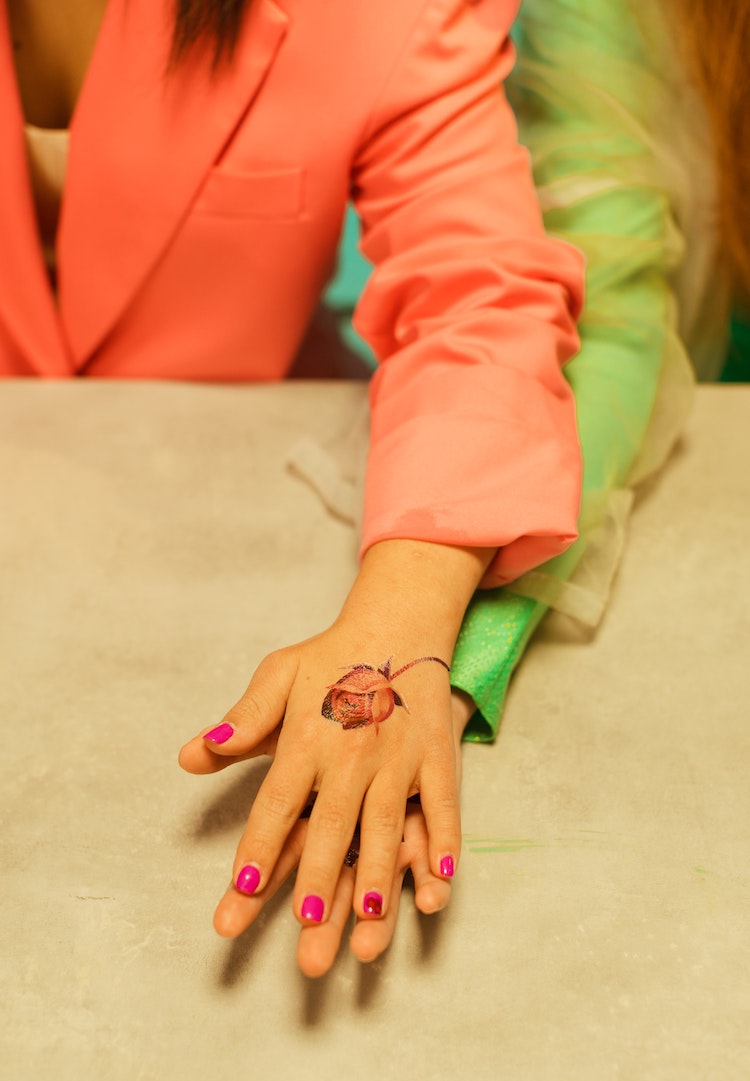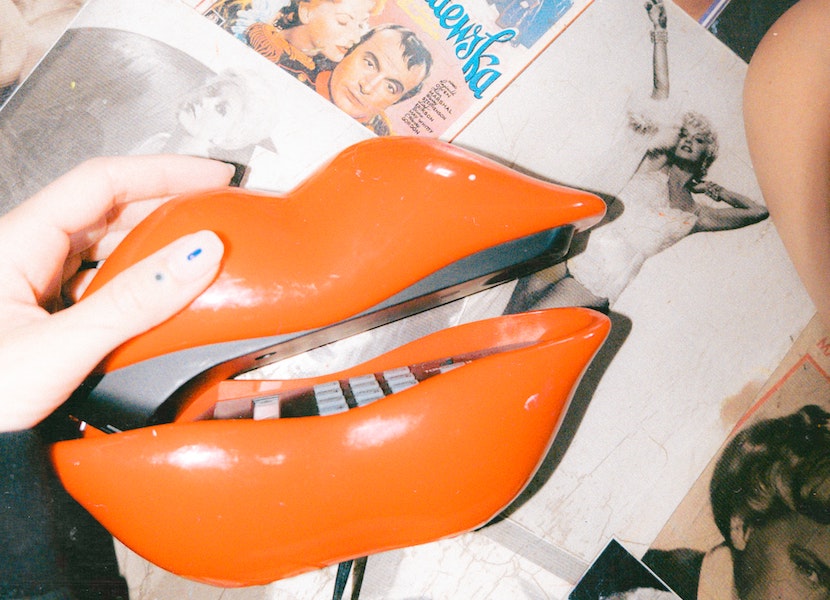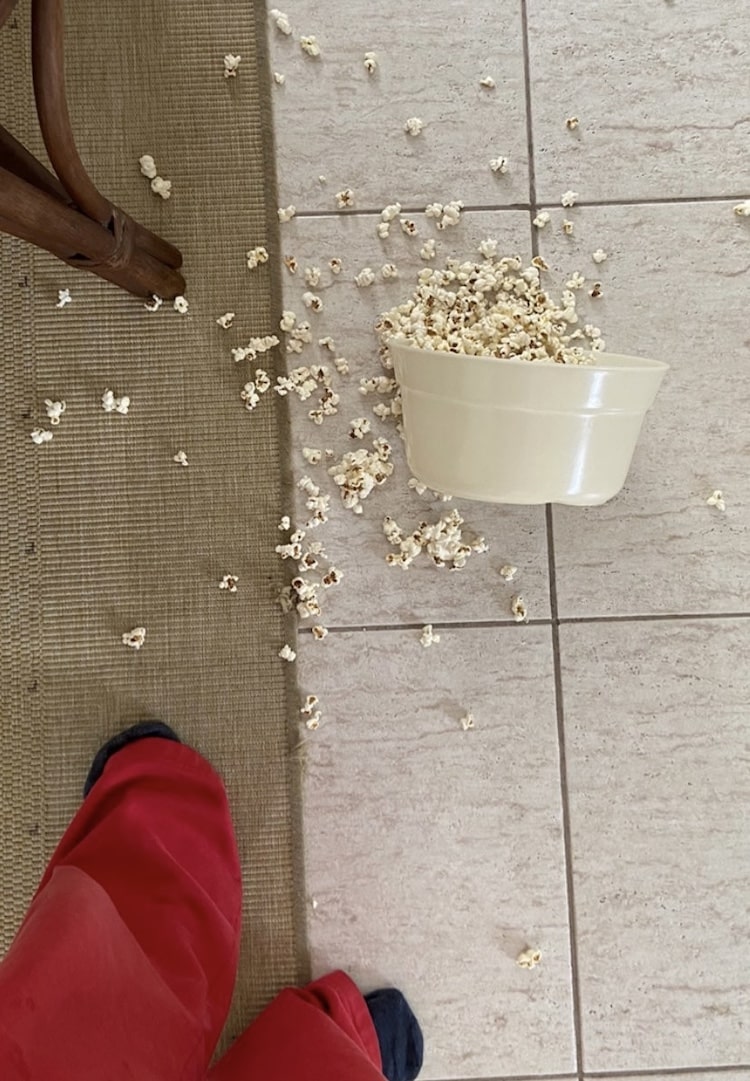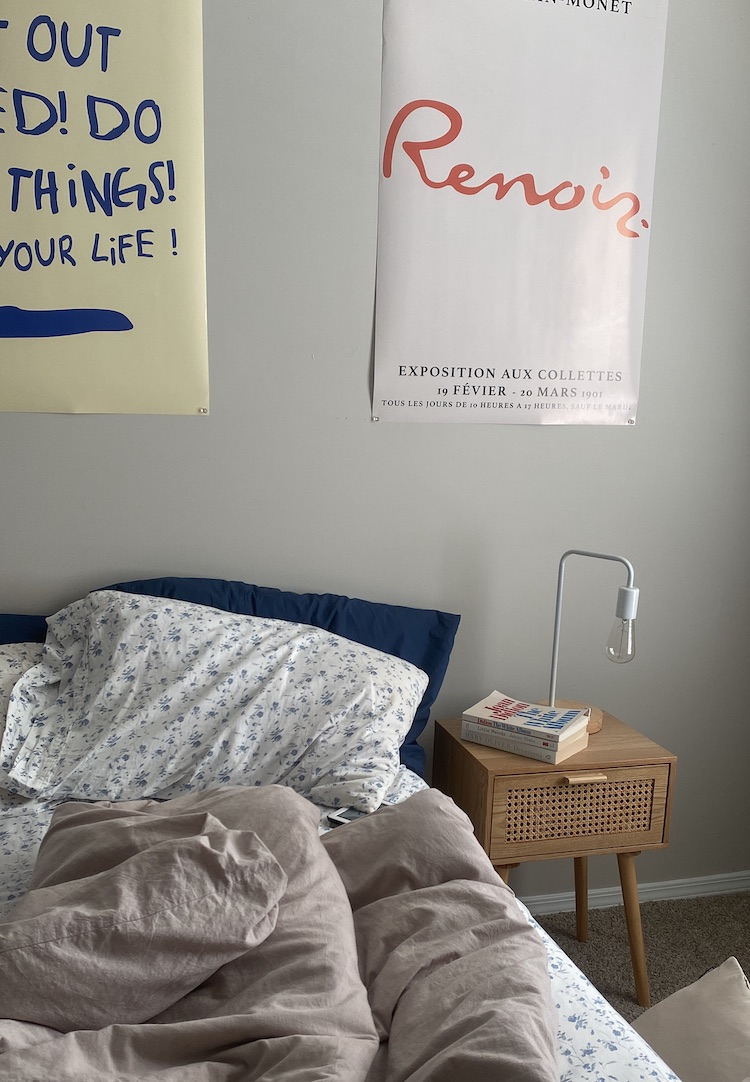What is ‘The Clit Test’ and how is it reckoning with female pleasure in media?
WORDS BY HANNAH COLE
Join the ‘cliteracy’ movement.
A revolutionary campaign has been doing the rounds over the last couple of years: The Clit Test. Maybe it’s been on your radar. This week, founders Frances Rayner and Irene Tortajada announced the campaign’s wrap – now the onus lies with us. We need to push for more clitoral representation in the world.
The Clit Test aims to “[raise] the bar for the sex we see on screen.” Recognising the way most cis women orgasm isn’t represented in the media, the test draws attention to scenes that are more reflective of reality. It’s a celebration of the media acknowledging “that the clitoris is a central part of sexual pleasure for most people with vulvas.”
For more sex advice, head on over to our Life section.
As a community-based operation, the campaign urged the public to share The Clit Test ‘passes’ and ‘fails’ or, now immortalised in a rounded library of hits and misses. Any showing, mentioning, implying or touching of the clitoris warrants a pass under The Clit Test guidelines.
View this post on Instagram
It’s all part of a ‘cliteracy’ movement, empowering and educating cis women to find sexual pleasure. Below, sexuality educator and sexologist Lauren French helps me dissect the campaign, inspiring a more thoughtful approach to the media we consume.
A beneficial benchmark for all genders
Cis women are the major propellors of this movement, striving for greater recognition of the clitoris on screen. Clitoral stimulation is, for most, a non-negotiable pathway to orgasm and pleasure. As Lauren says, for people with vulvas/vaginas/clitorises, “the body needs about 20 to 40 minutes of stimulation before we can get to peak arousal to have an orgasm.”
As Lauren puts it, “Ignoring the clitoris is basically like saying we’re just going to play with the balls and ignore the penis”. It’s not just a useful analogy, either – it’s a fact. “When you look at the anatomy between penis and testicles and scrotum versus vulva, clitoris, vagina, they’re all made up of the same stuff.”
Traditional sex education is rampant with talk of reproduction (and its prevention), which focuses entirely on penetration. This is just one example of the ever-present pleasure gap. “There’s no conversation around how we actually make sex a fun, pleasurable thing for everyone.”
View this post on Instagram
But engaging in pleasurable sex is not just a clitorial issue; it benefits all involved, regardless of gender. Lauren notes that cis males often succumb to feelings of pressure, thinking they need to be “sexually amazing”. There’s a kind of shame in being unable to make a partner orgasm.
As Lauren points out, it’s not focused on helping a partner orgasm or experiencing an orgasm with them. “It’s their responsibility in a way and sits in this space of, ‘they have to do it otherwise they’re not a man; they’re not a good lover.’” Most men who have sex with women would prefer their partner to be enjoying themselves, having fun and feeling good.
“In a lot of media, women are for male pleasure,” says Lauren. “It’s all about what is attractive to men, not women, so women’s pleasure is really just about the male ego.” In action, The Clit Test acts as an equalising tool, acknowledging equal partners with equal pleasure where women are seen as whole people. It might sound ridiculous but as Lauren explains it’s “a really important aspect of getting out of the power imbalance in places that we see sexual violence”.
The Clit Test in action
Now for the juicy part. If you’d asked whether I had seen cunnilingus depicted on screen a week ago, I would hesitate to say yes, needing to rack my brain for examples. On the recommendation of The Clit Test passes, I queued up A Bigger Splash and can now confidently nod my head. Before that, how often had I really seen the clitoris stimulated?
Prior to my chat with Lauren, I happened upon a piece in The Atlantic discussing the power of the romance novel. The piece argues that these novels are more than a silly and mindless read but a vital acknowledgment of women’s “earthly desires.” The correlation between the unworthiness of female pleasure and the derision of the romance novel as trash is pulsing, alive and ever-strong.
Growing up consuming romance book after romance book, I’ve realised that my entry to (at least what I consider) more representative and realistic sex was via the written word. Instead of seeing the scene play out on screen, reading allows one to envision and even build upon the words in front of them. Here, the clitoris can play a major role, whether intended by the author or not.
Interestingly, Lauren speaks of a similar experience. “I’ve been a really big reader since I was young,” she says. “What I think has actually helped my sex positivity a lot of the time is that literature and in books is one of the best places to see a lot of really great Clit Tests.”
View this post on Instagram
It was fantasy books, in particular, that offered these messages (try Sarah J. Maas’ books as a starting point). The TV shows that get the biggest hits on The Clit Test, Lauren points out, were originally books, too – Outlander and Bridgerton, for example.
While the TV shows of our youth reflected the teen experience, they so often neglected female pleasure (did Degrassi ever address the erogenous zones?). Now, there’s a growing offering of viewing material that at least tries to play in this space. You can view an extensive list of passes and fails online, like Shrill, Parasite and Everything I Know About Love.
We’re making headway – but we haven’t reached the summit yet. As Lauren recommends, start to increase your knowledge by following sex educators online and considering the media you are consuming. “Because the more it’s in your brain, the more you notice it, the more you might talk about it, the more you might pick up on it when you’re looking at media and the more you’re actually going to start to change the way your brain thinks about [the] clitoris.” Push for greater representation (of all sexual experiences) and celebrate comprehensive sexual education in mainstream media.
For more on The Clit Test, head here.










